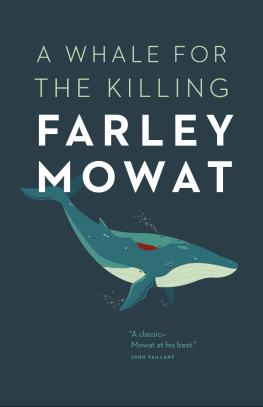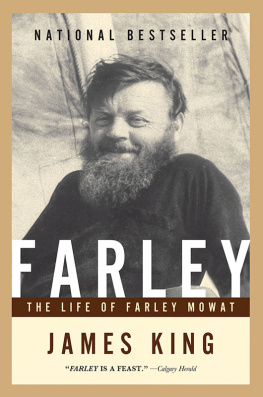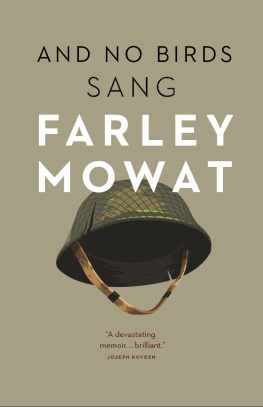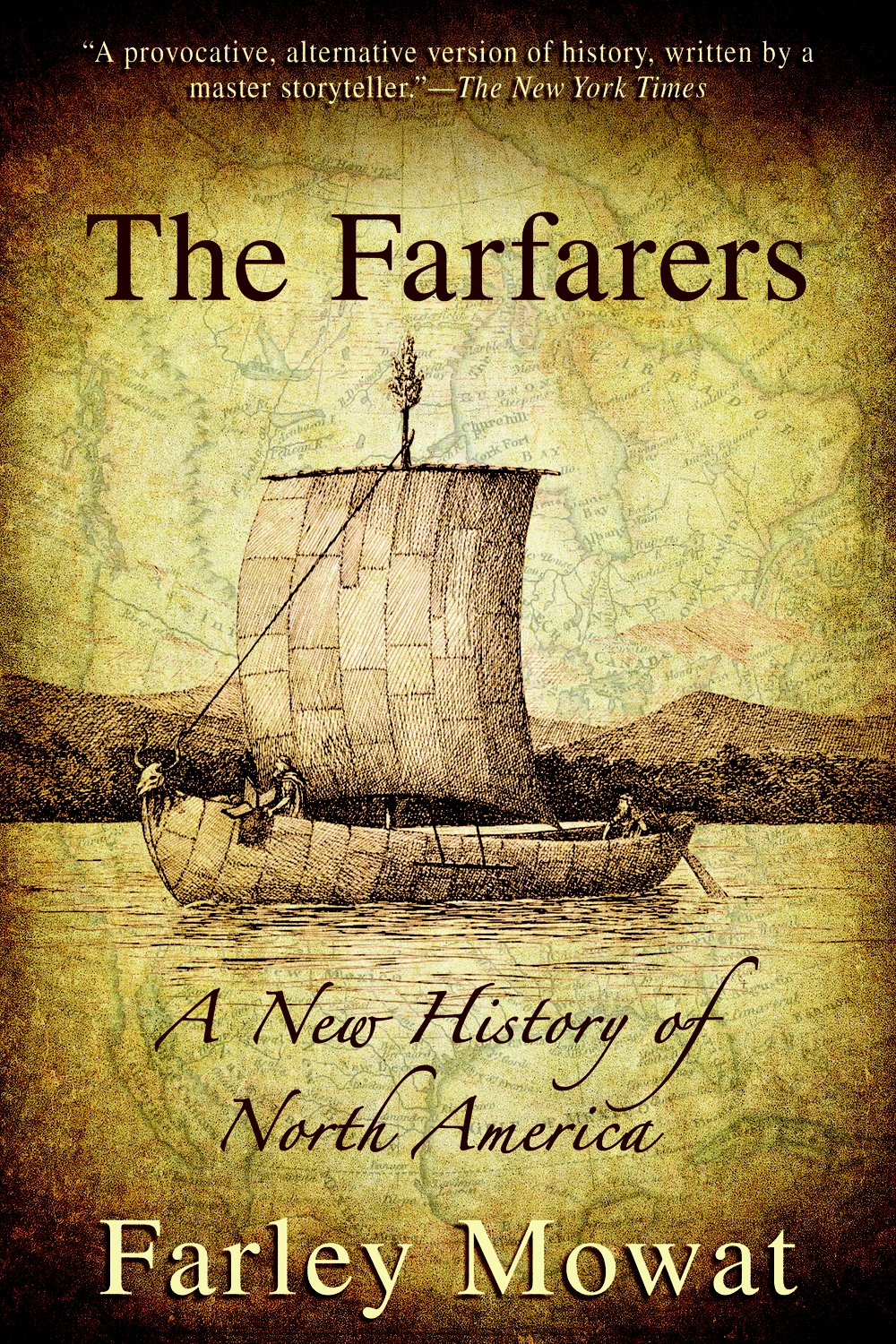I AM GRATEFUL TO MANY NORTHERN ARCHAEOLOGISTS, but especially to Drs. William Fitzhugh, Elmer Harp, Jane Sproull Thomson, William Taylor, Robert McGhee, Maxwell Moreau, Callum Thomson, and Peter Schledermann. They provided me with invaluable information, encouragement, and advice (not all of which was heeded).
Many others gave a helping hand, including Alistair Goodlad of Shetland, John Mowat of Orkney, Alexander Mowat of Caithness, Calum Ferguson of Lewis, Dr. Njordur Njardvik of Iceland, Joseba Zulaika of the Basque Provinces, and Canadians Matthew Swan, Leonard Muise, Dr. Ian Macdonald, Robert E. Lee, Robert Rutherford, and Ginevra Wells. My thanks also to my indefatigable assistant, Mary Elliott, and my wife, Claire, who graciously hosted Alban ghosts for three decades.
POSTSCRIPT
M OST OF THE NATIVE COMMUNITIES ALONG THE Atlantic seaboard of the New World withdrew from the coasts during the sixteenth century in order to avoid frequently fatal assaults by European fishermen, oilers, slavers, and other rapacious seekers after wealth.
Because pastoralists were particularly vulnerable, they would have been amongst the first to retreat. I believe something of a pastoral tradition was maintained at The Grass and around King George IV Lake, but Albans most likely turned increasingly to the Beothuk way of life in order to maintain themselves.
During the seventeenth century the unbridled lawlessness of European marauders declined somewhat as France and England established de facto control over more and more of the New Worlds coastal regions. Indigenes who had taken refuge in the country began to emerge, if cautiously, to trade, to fish and hunt on salt water, and perhaps to re-establish themselves as crofters.
Return to the coasts was not everywhere possible. On Newfoundlands eastern and northeastern seaboards, English planters and seasonal fishermen alike continued to treat Beothuks with a hostility amounting to genocidea persecution that would eventually lead to the extermination of the Red Indians in the eastern and central parts of the Island.
French fishermen frequenting Newfoundlands southwestern and western shores dealt with the natives more humanely, possibly because the French lacked the means with which to overwhelm les sauvages .
So it happened that the ancient peoples in the southwest corner of the Island were able to endure and even to prosper. During the early decades of the eighteenth century, they were joined by parties of Mikmaw from Cape Breton Island. These came initially as itinerant trappers, but some stayed to become an integral part of the southwest coast community.
The latter part of the eighteenth century brought a few score Acadians, farmers of French descent fleeing English seizure of their Nova Scotian lands. Having long since established blood relationships with mainland Mikmaw, the Acadians found no difficulty in melding with the existing cultures of southwestern Newfoundland. They brought with them a new impetus towards pastoralism, so that human life in the region became even more of a mix of small-scale crofting and native country pursuits.
While nineteenth-century Mikmaw trappers established a transient presence in much of southern and northern Newfoundland, the native Beothuks ceased to exist, or so the Europeans, who by then dominated the entire Island, maintained. But they were wrong. Men and women still lived around St. Georges Bay and in the Codroy Valley who thought of themselves as, and called themselves, Beothuks. Not until the turn of the next century did they nominally disappear.
Which brings us to our own timesand to the apparent end of our story.
However, according to Leonard Muise, the end is not yet.
All those early peopleDorsets, Red Indians, the ones you call Albans, Farleythey didnt just dry up and blow away, you know.
Dont you believe it! Truth is theyre all of them still round about. In St. Georges, Port au Port, and Codroy too. One of these times, scientists will likely show up here looking to test our DNA to see whereabouts we come from. I dont doubt theyll be some surprised by what they find.
But us Jakos, now... we wont be the smallest little bit surprised because, you see, we know just who we are.
NOTES
FOREWORD
WHY AND WHEREFORE
Farley Mowat, Westviking: The Ancient Norse in Greenland and North America (Toronto: McClelland and Stewart, 1965; and Boston: Little, Brown and Company, 1965).
CHAPTER ONE
BEGINNINGS
Farley Mowat, Canada North , published in the Canadian Illustrated Library series (Toronto: McClelland and Stewart, 1967).
Payne River, Payne Lake, and many other topographical features in Ungava have arbitrarily been given new, French names by the provincial government of Quebec. I have generally retained the time-honoured originals.
CHAPTER TWO
FARFARER
Her remains must long since have perished, but vessels belonging to Farfarer s lineage remained in service in Ireland at least as late as the 1970s, although tarred canvas and even sheet plastic had by then replaced animal skin as the sheathing material.
Curraghs, as the Irish Celts called them, evolved from the boats used by the indigenes of northern Britain long before the Celtic invasions and were part of the circumpolar tradition of skin-clad vessels. Irish records tell us that, by the sixth century, curraghs were being sheathed with ox hides. Presumably this was because walrus hides were no longer available.
In 1976 a thirty-six-foot curragh replica sheathed in leather carried a crew of five and nearly a ton of supplies from Ireland to Newfoundland via Iceland. Siberian and Alaskan umiaks , sheathed in walrus or bearded seal hides, are known to have reached lengths of sixty feet and more, and to have been capable of carrying as many as forty passengers and their gear in voyages across the Bering Sea. We can assume that the skin-clad craft of aboriginal north Europeans would have been at least as effective.
Irelands National Museum has a tiny model of a curragh equipped with rowing and steering oars, a mast, and a spar, all hammered out of gold. Found in County Derry, the model is thought to date from the first century A.D. It represents a beamy, undecked, bluff-bowed, double-ended, soft-chinned vessel primarily intended to be wind-driven, but fitted with auxiliary power in the form of eighteen oarsman, whose presence still left half of the vessels capacity free for carrying passengers or cargo. Such a vessel would necessarily have had to been close to fifty feet in length.
No model of a Northern Islands (Alban) boat has come to light, but thirty-foot sealskin fishing boats persisted in northern Shetland until the twentieth century. In 1810 the isolated island of St. Kilda was maintaining contact with the mainland by means of a churaich , a lightly framed vessel sheathed with the hides of grey seals, capable of carrying twenty passengers, several cattle, or a considerable quantity of freight.
The foundations of North American boat-roofed houses provide us with a series of deck outlines of their covering vessels. These fall into two groups. Twenty-five that are sufficiently well preserved to permit an accurate measuring give an overall vessel length of from forty to fifty-five feet. Six others fall into the seventy- to eighty-foot range. The former seem to represent the general run of sea-going vessels. The latter were perhaps especially constructed as transatlantic traders.

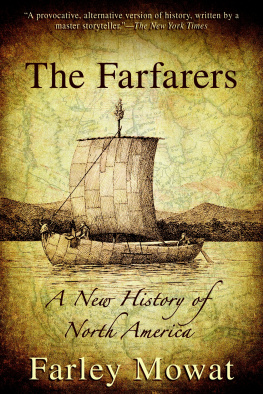
![Farley Mowat - People of the Deer [Paperback]](/uploads/posts/book/52958/thumbs/farley-mowat-people-of-the-deer-paperback.jpg)
